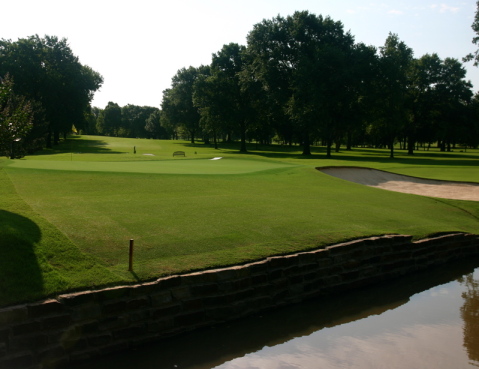"I believe, if you are going to be fair, you need to be consistent in setting up a course"
/Newly engaged and already feisty, the Shark lashed out at the different condtions during round two in South Africa.
The 52-year-old Australian carded a 70 to finish in a six-man group on 145 that also included Britain's Darren Clarke.
But Norman was critical of the way the course was set up for the second round.
"It's been two totally different courses, the course was more difficult yesterday," he told reporters.
"They made a few adjustments to the tees and they did 100 percent irrigation last night so the greens, which they also did not cut, were softer and there was not as much release on the fairways.
"I believe, if you are going to be fair, you need to be consistent in setting up a course," added Norman.
Ah, the dreaded fair word.
Tournament director Mike Stewart defended the changes.
"Yesterday was very windy and the course was incredibly difficult as you could tell from the scores," Stewart told Reuters. "Some holes were exceptionally demanding.
"We felt we had to do something based on the weather forecast for today, which had wind speeds 5-mph stronger all day with gusts of up to 30-mph."
Stewart said the changes were made in order to make the course play as it did on Thursday.
"When we brought tees forward it was to make it play like it did on the first day," he said. "Despite the stronger wind players would be able to use the same club off the tee.
"We also had to slow down the greens because the ball was moving around in the afternoon yesterday. The possibility of an even stronger wind today put us in a very difficult position.
"If balls were moving around we may have had to stop play and we would look very silly if we brought the players in glorious sunshine."
Conditions were so difficult on Friday there were only 17 sub-par rounds, leader Kingston calling it a day for grinding out regulation figures.
"I was so solid on the back nine, I only missed two or three greens, but the wind was gusting so hard it was pushing you in all directions," said the South African.
"With the ball oscillating on the greens and the wind pushing you from behind it was so tough making a decent putt. It took a lot of energy just to stand still."
















